Featured News - Current News - Archived News - News Categories
By Lauren Hume
Special to Niagara Frontier Publications
After graduating from high school, Eric Stroud began to realize how hard it was to stay in shape and eat healthily. In high school, he never had to worry about setting time aside to work out because he was part of the swim team and regularly had physical education (P.E.) class built into his schedule. In addition, he didn’t have to watch what he ate because the school made proportioned lunches every day with a variety of healthy options. At college now, Stroud states that he tries to “avoid campus food if at all possible” because there are very few healthy options available to him but sometimes he is forced to eat there due to time constraints.
Stroud, a freshman at Genesee Community College, soon realized how time-consuming and “difficult [it was] to stick to a workout plan.” He had to learn how to manage his time, so he could get a workout in every day and began packing his lunch, so he didn’t have to eat the unhealthy dining hall food. Stroud’s goal in working out every day and packing his lunch is to avoid the dreaded “Freshman 15.”
The “Freshman 15,” is a phrase commonly used to describe a persons’ weight gain after they begin college due to the lack of exercise or unhealthy diet. Many college students fall victim to the “Freshman 15” every year because they don’t know how to properly take care of their bodies once they leave the structured regime of high school.
However, many high school P.E. teachers have always tried to encourage their students that exercise and nutrition should be a part of their daily lives forever.
Robert Adams, a P.E. teacher at Alexander Central School in Alexander, New York states that his department is “very proactive about creating an environment where young adults can be educated and informed on how to make healthy choices in regards to nutrition and fitness.”
Adams also believes that “if a healthy lifestyle becomes important to a person and they keep it as a priority, it will absolutely translate into adulthood.”
The American Heart Association recommends that children ages 6-17 should exercise at least 60 minutes every day. By establishing this habit of exercising 60 minutes a day, in theory, students should continue these healthy habits into and after college.
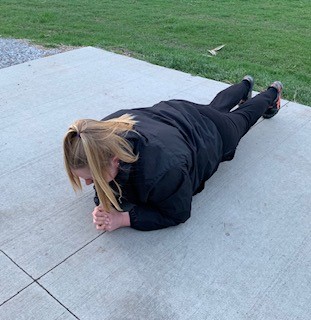
High school student Nicole is seen doing a plank to get in her 60 minutes of daily exercise.
Adults are recommended to do at least 150 minutes of physical activity a day to stay healthy, but if they want to see more results, they should work out at least five hours a week. The American Heart Association also recommends to “increase [the] amount [you work out] and [the] intensity gradually over time.” https://www.heart.org/en/healthy-living/fitness/fitness-basics/aha-recs-for-physical-activity-in-adults
There are several ways in which college students can stay physically fit. Most college campuses have athletic facilities that are open to nonathletes and that are included in the price of tuition. Some types of exercises include:
Types of Exercises
Running and walking are both effective cardiovascular workouts. Both are cheap and fairly easy to pick up. RunRepeat, a website that sells athletic sneakers and writes articles on the benefits of various types of exercise states that within just 30 minutes, “your daily dose of running will start showing the[health] benefits almost instantaneously.”
RunRepeat also states that running and walking helps “to cope with daily stress” and when you finish, “you will stop overthinking and feel more relaxed.”
Another great thing about running or walking is there is no set pace or distance you have to go and these activities can also be done at any time of the year. https://runrepeat.com/what-running-does-to-your-body
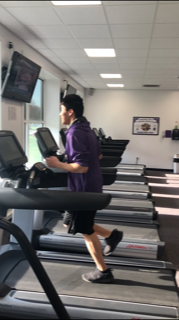
College student Luke Donner runs in between his classes to stay in shape.
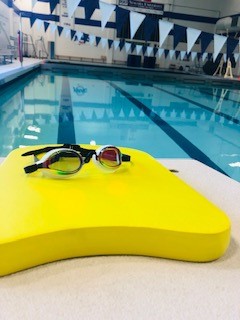
There are typically open swim hours available for nonathletes.
Swimming is another alternative to running or walking because it is easy on your joints and works every muscle in your body. It’s also a simple sport to pick up, even if you have never swum before. https://www.healthline.com/health/benefits-of-swimming#benefits
Megan Boring, a swim coach for the Batavia Sea Devils Swim Team states, that beginners should “ start [out] just kicking for a few weeks” then if you want to start swimming laps, “your initial goal [should be] 5 laps, then 10…” and you should add more laps every time you swim.
Biking is a form of exercise that has a low impact on your muscles and joints, unlike running or walking. Because of this, bikers are less likely to get injured.
Most colleges also offer cycling or spin classes where an instructor guides you through a workout if you do not want to create your own. Students can also bike to and from class to get in their daily exercise.
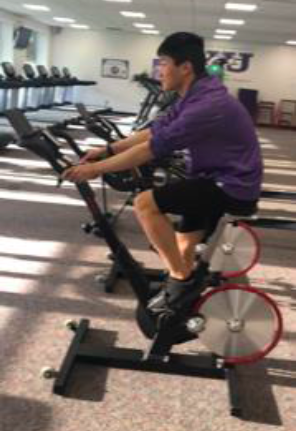
Donner biking to relax after a long day of classes.
Whether you have lifted before or not, lifting is an easy way to stay toned and gain muscle in college. College weight rooms typically have an array of options to choose from for how you lift. A standard gym will have stationary machines, dumbbells, squat and bench racks, resistance bands, pull-up bars, medicine balls and probably many more options to choose from.
When lifting, you typically want to focus on either arms or legs, most people will designate different days of the week for each group.
On arm day, you want to focus on your biceps and triceps. Some typical exercises people do to focus on these muscles are: rows, bicep curls, pull ups, bench presses and band or machine pulldowns. If you don’t want to use weights and just focus on body weight exercises you can do pull ups or push-ups.
For leg day, the main muscles people focus on are their quadriceps, hamstrings, gluteus maximus and calves. Some exercises to work on these muscle groups are squats, deadlifts, cleans, hamstring curls, seated presses, lunges and calf raises.
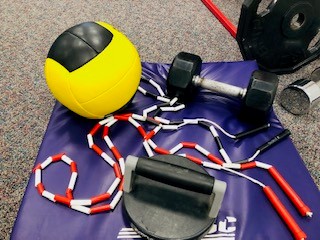
There are several different ways that students can lift to stay in shape.
Joining a campus sports team is another way to stay in shape during college and an awesome way to make friends during your freshman year. In college, joining a colleges’ official NCAA sports team typically requires advanced planning and lots of time commitment.
However, if you want to join a sports team where you can focus more on school and play a sport in your free time, joining a club sports team or intramural team is a great option. Some of the most common club sports available are:
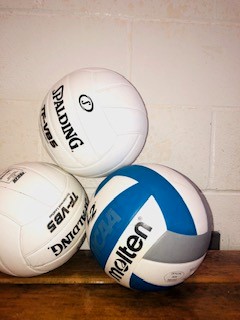
You can either join an organized campus sports team or grab a few friends and start your own.
Whatever exercise best suits your lifestyle, any type of physical activity can serve as an outlet to relieve your anger and frustration with work or school. Megan Boring also states that she gets “to reward [her] mental health” when she is swimming because she has time alone to relax. https://www.psychologytoday.com/us/blog/what-works-and-why/201803/how-your-mental-health-reaps-the-benefits-exercise
Nutrition

Eating a balanced diet is also important when trying to stay in shape.
Although exercise does help you stay in shape, healthy eating and a proper diet are also key to not gaining the “Freshman 15.” Which can be hard during college because of all the unhealthy options available and buffet style dining halls. Niagara University freshman Luke Donner states that it is hard to eat balanced proportional meals because there is “unlimited food at the dining hall and he is constantly going out to eat with his friends.”
The USDA suggests that women should intake about 2,000 calories a day while men should intake 2,500 calories a day. These numbers are based on “age, gender, height, weight, and level of activity.”
These calories should come from proportioned meals that include healthy options and not all from fatty/ sugary foods. Because most dining halls are buffet style or unlimited, it is important to watch how much you consume every day.
Tools like https://www.choosemyplate.gov/ can help you track your daily calories. In addition, the website can show you a proportioned plate and tell you what foods you can eat to fulfill your daily intake of each category. The five main food groups are fruits, vegetables, grains, protein and dairy.
Overall, the “Freshman 15” can be easily avoided when coming to college. With regular exercise and eating in healthy proportions, staying in shape during college can be achieved and will hopefully become part of your adult life.





























